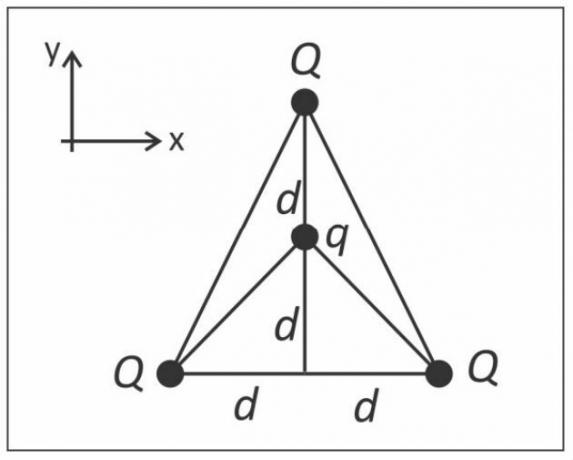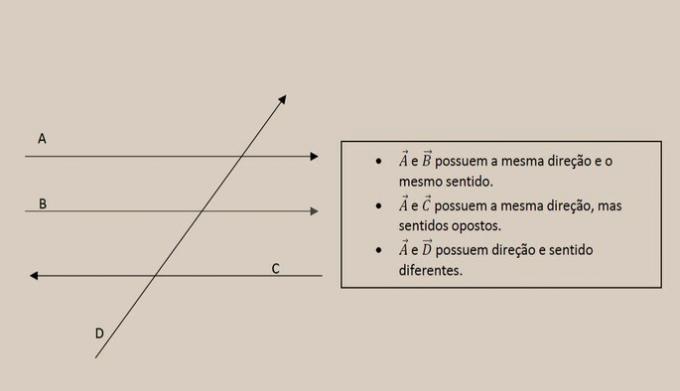The radiological area uses x-radiation on a large scale for several purposes; diagnoses, therapies, homogeneity inspections, food preservation, among others are carried out. But where do x-rays come from? How are they formed? Why don't we see them? What dangers do they offer? These are questions that intrigue many people who make use of this precious tool.
X-rays were discovered by Wilhelm Conrad Röntgen (a physicist born in Germany) in the year 1895. In his experiment, Röntgen flashed accelerated electrons against a target, as shown in the figure:

The filament of this device leaves electrons accelerated due to the high potential difference between the terminals. The electrons exiting the filament head towards the target they will collide with and will be abruptly decelerated, converting the kinetic energy (motion) into x-rays and much of it into heat. The x-radiation emitted, due to the braking of the electron beam, is called Bremsstrahlung, which means brake radiation.
Now we know where it comes from and how x-radiation is formed. The reason we don't see x-radiation is directly linked to its wavelength. Our eyes are sensitized to the point where we see a small band of electromagnetic radiation, which is between 10
The wavelengths of x-rays are very small compared to visible light; the shorter the wavelength of a beam of radiation, the more energetic it is. X-rays are classified as ionizing because they are able to remove electrical charges from atoms because of the large amount of energy they carry.
The removal of an electron from an atom that makes up the DNA of a cell causes a genetic mutation in the structure of this cell and the next cells that will be generated from this one that became mutant; this fact can lead to cancer, anemia, Down syndrome and other pathologies.
The danger that x-rays pose is associated with the large amount of energy they carry.
Several applications are made with this electromagnetic wave, if all care is taken, the memory it will leave will be beneficial.
Do not stop now... There's more after the advertising ;)
by Frederico Borges
Graduated in Physics
Brazil School Team
See too!
Linear Accelerator - Understand how this device becomes a weapon against cancer.
Radioactivity - Chemical concepts about radioactivity.
Electromagnetism - Physics - Brazil School
Would you like to reference this text in a school or academic work? Look:
ALMEIDA, Frederico Borges de. "Physics of X Radiations"; Brazil School. Available in: https://brasilescola.uol.com.br/fisica/fisica-das-radiacoes-x.htm. Accessed on June 27, 2021.


